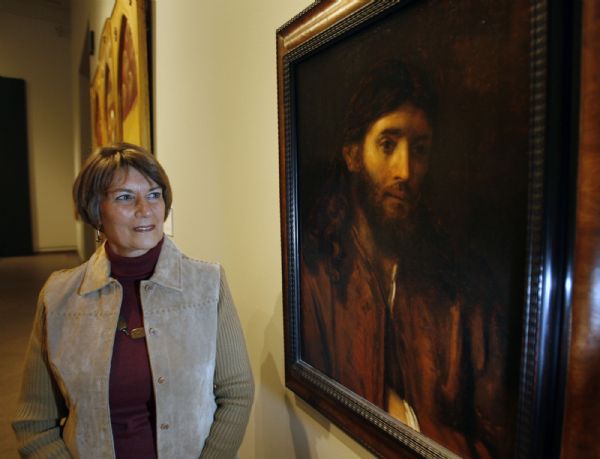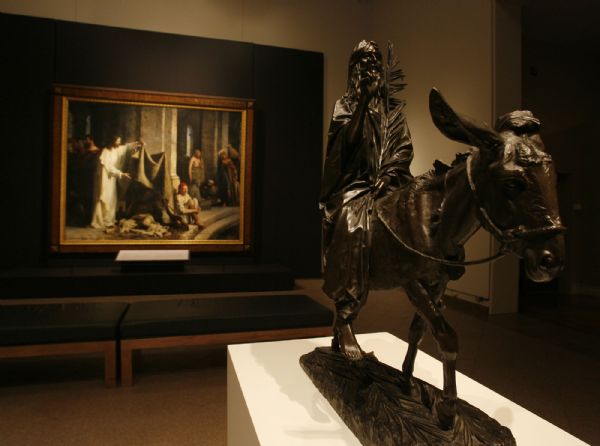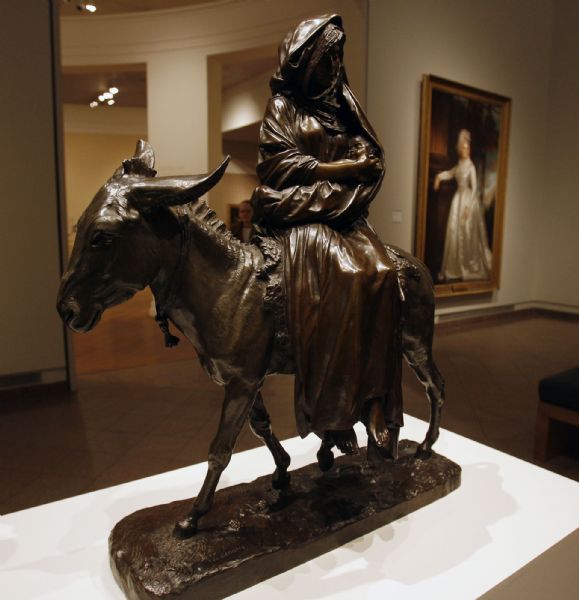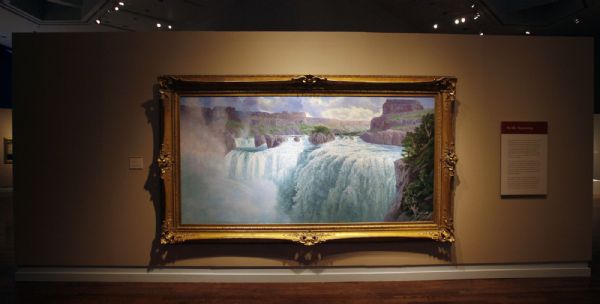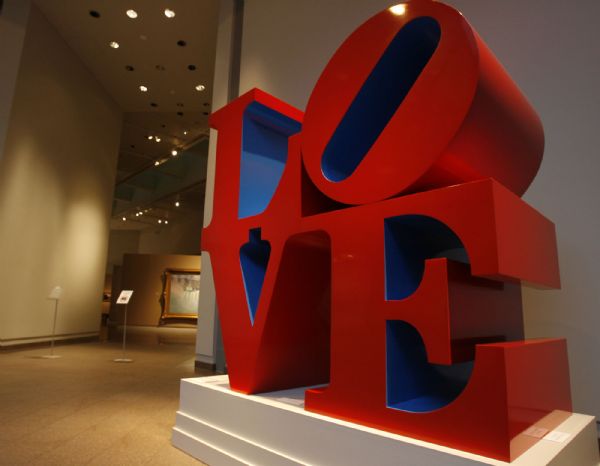This is an archived article that was published on sltrib.com in 2010, and information in the article may be outdated. It is provided only for personal research purposes and may not be reprinted.
Provo » Before Brigham Young University was worthy of its premature designation as a university, the Knight family figured the school needed art work if it was to become a true guardian of American culture. William Knight, a scion of the Provo family that kept the school afloat in the late 1800s, bought a landscape by local impressionist painter John Hafen in 1909, thus planting the seed for a collection that has grown to 17,000 pieces.
BYU's Museum of Art is commemorating its collection's centennial through September with "The First 100 Years: Collecting Art at BYU," a major exhibition sampling its best pieces, such as the inaugural gift, Hafen's "The Sycamore Tree" (1908); a Marilyn Monroe portrait by Andy Warhol; Minerva Teichert's Book of Mormon illustrations; and various works by Maynard Dixon and Mahonri Young. This show lays out the surprise-filled story, arranged in thematic chapters, of how BYU amassed one of Utah's great art collections.
Curators selected 150 works, less than 1 percent of the entire collection, for inclusion. Many pieces in the collection rotate and just 91 pieces are on display at any one time. The exhibit showcases the collection's focus on American art, particularly Western landscapes, and religious paintings. The school has recently branched into collecting photography and contemporary art.
"There are a lot we had to leave out: We couldn't put in every great piece we had in the show. We tried to represent as many donors as well," said Dawn Pheysey, the BYU curator who led the project.
The collection's story starts with Hafen, a Swiss-born convert to the Mormon faith who immigrated to Utah County as a youth in the 1860s. The Church of Jesus Christ of Latter-day Saints sent him and four other promising young Utah artists to study painting in Paris at the height of the Impressionist movement in the 1890s, according to BYU curator Paul Anderson.
These "art missionaries" returned to paint murals in the freshly built Salt Lake City temple and help cultivate a new level of artistic sophistication in the young state.
William Knight donated "The Sycamore Tree" in 1909. That was the year BYU started construction on its iconic Maeser Building, the first to occupy what was then called "Temple Hill."
The next landmark acquisition occurred in 1937, when business college dean Herald Clark relieved famed Western landscape painter Maynard Dixon of 85 works for $3,700 and donated them to the university. This group remains the largest single collection of Dixon's work.
"This acquisition happened during the Depression," Pheysey said. "For someone to spend money on art work at a time when people were so hungry for work and struggling to make ends meet is really an amazing thing."
Mahonri Young, grandson of BYU's namesake and one of Utah's most famous artists, and his wife Dorothy Weir are responsible for much of the collection, a trove of 10,000 works collected by Young as well as Dorothy's father, the renowned New England painter J. Alden Weir.
These works, which include paintings and sculptures by Young himself, came to the university after Young's death in 1957.
The hand of serendipity put many other works into BYU's hands, Anderson said. For example, an LDS woman from California had purchased a 17th century portrait of Christ at an auction and kept it under her bed for 30 years before donating it to the university. It turns out the painting is the work of an unknown student of the Dutch master Rembrandt.
bmaffly@sltrib.com" Target="_BLANK">bmaffly@sltrib.com
Museum curators selected 150 pieces from the university's 17,000 paintings, prints, drawings and sculptures, covering artists from Maynard Dixon to Andy Warhol, to commemorate the collection's centennial and show how it was gathered.
Where » Brigham Young University's Museum of Art
When » Through Sept. 25; open Monday to Friday, 10 a.m. to 6 p.m.; Thursdays 10 a.m. to 9 p.m.; and Saturday, noon to 5 p.m.
How much » Free. For more information see http://moa.byu.edu" Target="_BLANK">moa.byu.edu.


